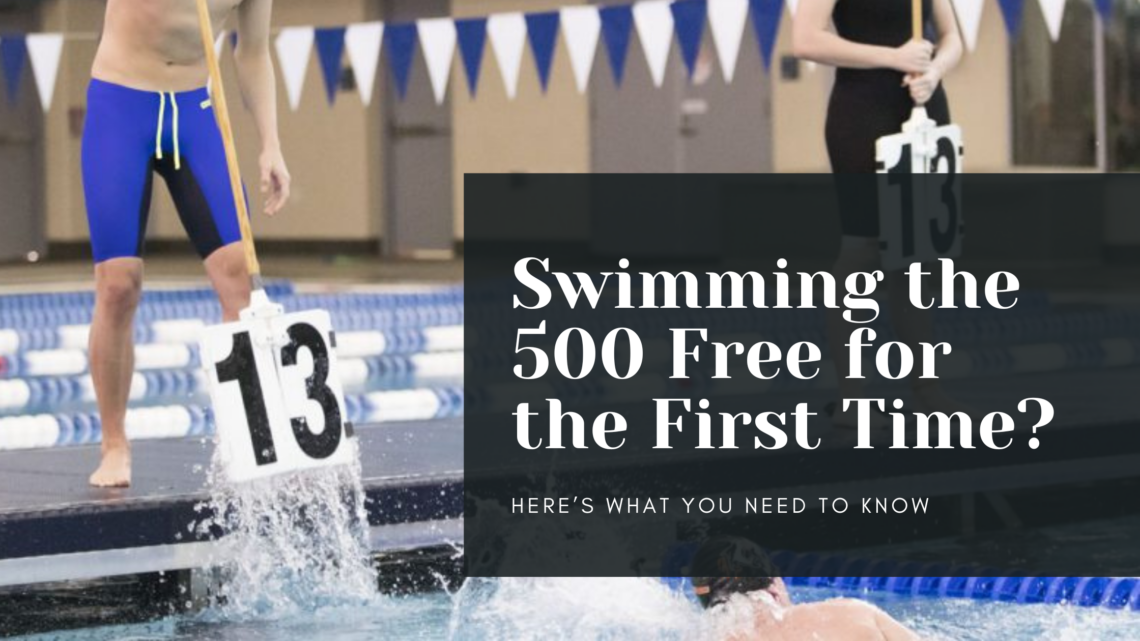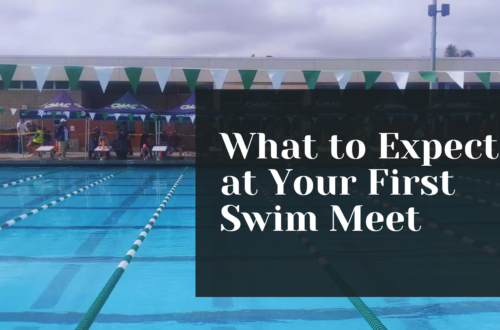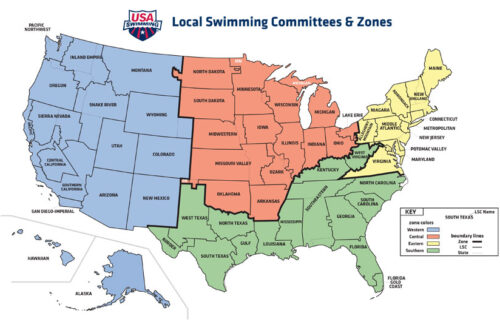Taking on the 500 freestyle for the first time can feel a little intimidating—not just for swimmers, but for parents and volunteers too. With 20 laps to complete and a few extra logistics compared to shorter races, it’s important to know what to expect.
Whether you’re a swim parent preparing for your child’s big debut or a coach helping first-timers get organized, here’s a quick guide to what you’ll need for race day.
🧍♂️ You’ll Need 3 Volunteers per Swimmer
Unlike sprint events, the 500 free typically requires three volunteers for each swimmer:
- Two Timers
Just like any other race, you’ll need someone in Chair 1 and Chair 2 to operate stopwatches or timing buttons. These volunteers are positioned at the end of the swimmer’s lane. - One Lap Counter
The lap counter stands at the opposite end of the pool to display a counting board that helps swimmers track how many laps they’ve completed—and how many they have left to go.
🕒 Note: The 500 freestyle is usually one of the last events of the session. Make sure your timers and lap counter are committed to staying until the very end of the meet.
🏁 Lap Counter Equipment
To count laps, you’ll need:
- A lap counting board (with numbers that flip for each lap)
- A lap counter pole
The pole is optional, but highly recommended. It allows the counter to hold the board in the water without leaning far over the pool’s edge. Most swim teams don’t supply these poles, but the good news is you can make your own easily—a generic painter’s pole (available at most hardware stores) works perfectly and often attaches directly to the lap board.
📣 Optional: Pacing Communication with the Lap Counter
If your swimmer is aiming for a specific pace, there’s a subtle way to communicate mid-race using the lap counter board. While this method isn’t officially part of meet rules, it’s a commonly used and accepted form of non-verbal feedback:
- Jiggle the board up and down → Swimmer should speed up
- Swish the board side-to-side → Swimmer should slow down
- Hold the board still → Swimmer is on pace
It’s simple, but effective—just be sure to go over it with your swimmer in advance so they know what the signals mean.
✅ Pro Tips
- Plan ahead: Don’t wait until the last minute to find your volunteers. Meets often run behind schedule when timers or counters aren’t ready.
- Practice counting: If your swimmer has never used a lap counter before, have them practice with one at practice or a previous meet so they know how to read the numbers.
- Stay focused: For the timers and counter, this race is longer—but just as important. Missing a lap or a final touch time can affect results.
💬 Final Thoughts
The 500 free is a milestone race that builds endurance, focus, and confidence. With the right prep—and the right volunteers—it can be a great experience for everyone involved.
Good luck, and don’t forget to cheer loudly at the finish!





